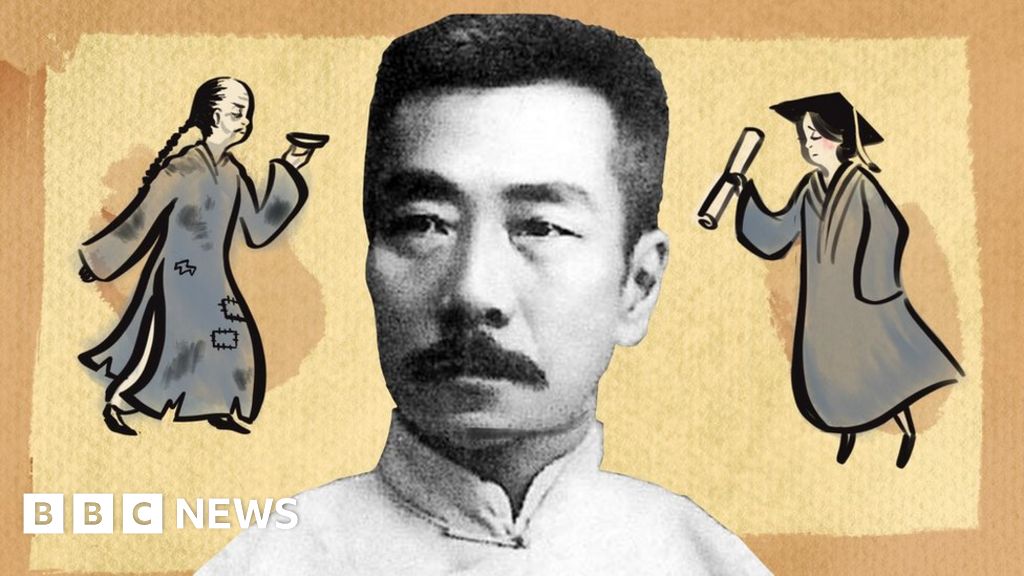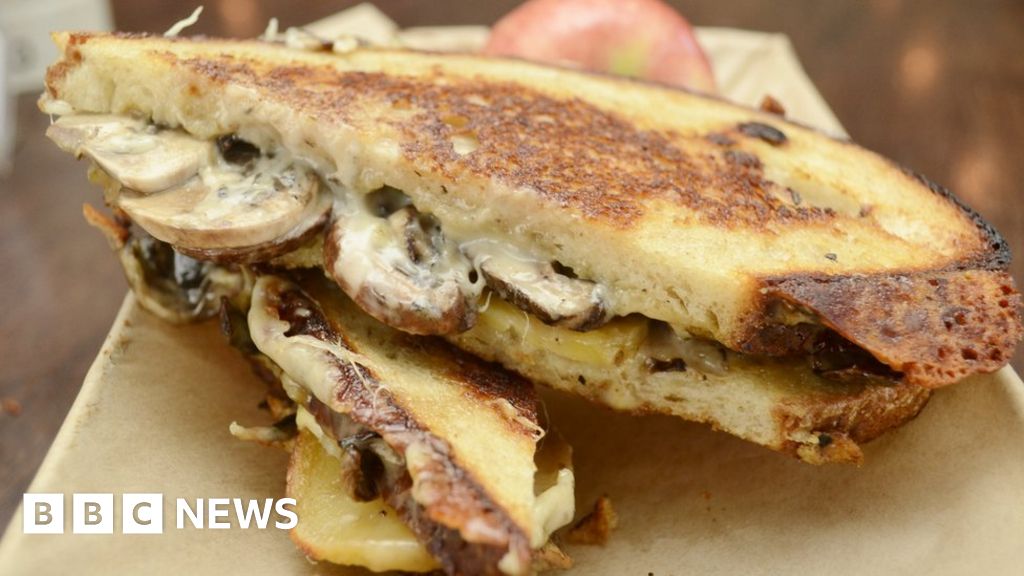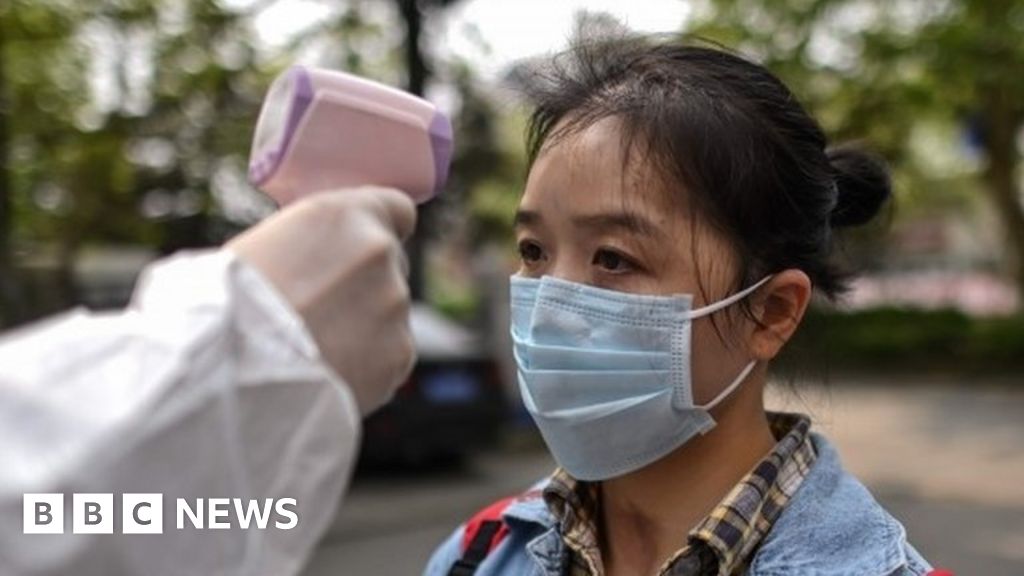The wrap dress: ‘Appropriate but still sexy’
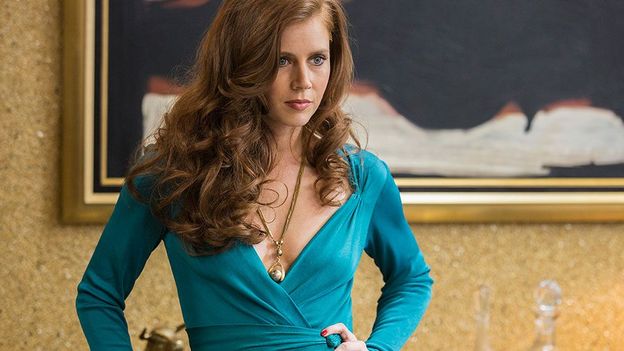
[ad_1]
Features correspondent
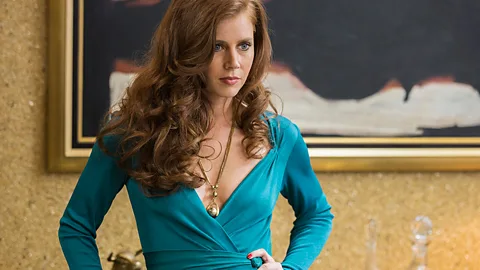
Diane von Fürstenberg transformed women’s clothing with her wrap dress and became the most powerful woman in fashion in the process. Katya Foreman looks back.
To pre-Spice Girls advocates of girl power, Diane von Fürstenberg’s iconic wrap dress was a thing of wonder. Upon its launch in the early 1970s, the unsuspecting garment came to symbolise a manifesto for the liberated woman, effortlessly chiming with the equal rights movement of the times. Offering a practical yet feminine, sexy yet chic vision of modern dressing, there was something about the dress that resonated with women across the US, where it launched.
“The first wrap dress arrived in 1973 in a wood-grain print. The dress was nothing, really – just a few yards of fabric with two sleeves and a wide wrap sash. But the V-neck wrap design fit a woman’s body like no other dress: snug around the chest and arms, tied flatteringly slim around the waist, full enough over the legs for a woman to take an unrestricted stride, yet tight enough to show off her bottom,” said von Fürstenberg in her autobiography, Diane: A Signature Life. With wrap dresses flying off the racks, the house was at one stage cranking out a mighty 25,000 dresses a week. Nobody, including the designer herself could have predicted it was the seed of what has flowered into a global fashion empire. Ranked by Forbes as the most powerful woman in fashion, von Fürstenberg today, among her extracurricular activities, also presides over the Council of Fashion Designers of America. For a self-taught designer, she’s come far.
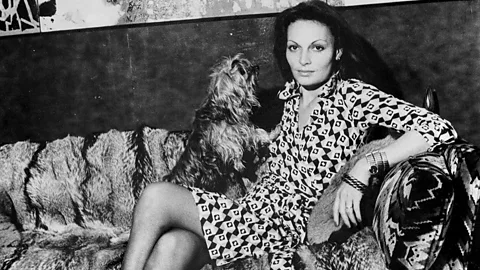
Von Fürstenberg’s American-dream story is the stuff of fashion fairy tales. But it was not without hiccups. By 1976 she had sold over 5 million wrap dresses, but the brand’s explosive success ran away with itself. In the ’80s, faced with a $4 million stockpile of inventory, von Fürstenberg lost control of her business. Rising from the ashes, she pulled off a major comeback in the late ’90s, however, nourished in part by demand from a new generation of women who were discovering her wrap dresses in thrift stores.
The wrap dress turned 40 this year. Milestone celebrations included a series of mini exhibitions showcasing new and vintage wrap dresses; the launch of the accompanying Journey of a Dress coffee table book, and a Pop Wrap limited edition collection of wrap dresses in collaboration with The Andy Warhol Foundation. And in October, the brand opened a 1,382-square-foot (128 sq m) store in Glendale, California, devoted exclusively to the signature dress.
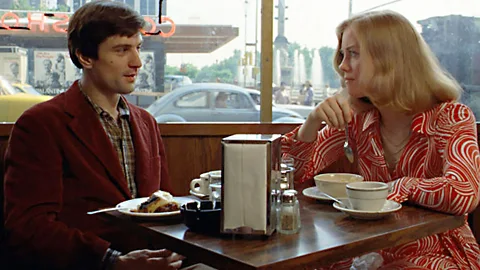
When it launched, the wrap dress filled a gap in a market segmented by hippie rags, designer gear, fuddy-duddy polyester garments and not much in between. “It really was an answer to something women really wanted,” says Kathlin Argiro, a dress designer and adjunct professor of fashion design at the Fashion Institute of Technology in New York. “It was a dress with a sleeve, so your arms were covered; you were appropriate but still sexy, and that was revolutionary. And it’s still somewhat revolutionary. It’s not easy to find a dress with sleeves that looks young and sexy, and her wrap dress certainly still does. It’s still a benchmark for that.”
The glamorous Belgium-born designer’s status as half of one of the most high-profile golden couples of New York’s social set certainly opened doors and legendary Vogue editor-in-chief Diana Vreeland among von Fürstenberg’s early supporters. Having followed her then husband, Prince Egon of Fürstenberg, to New York in 1970, the fiercely independent Diane started out peddling a (Vuitton) suitcase full of little jersey dresses that she’d had made up in her textile manufacturer friend Angelo Ferretti’s factory in Italy. But although she rubbed shoulders with the likes of Halston and Andy Warhol, von Fürstenberg’s genius lay in being able to identify what was missing from the average woman’s wardrobe. With the wrap dress, an evolution on a skirt and wrap top combination she had been selling, she struck gold.
“Though I didn’t realize it at the time, perhaps the little dresses I was designing were a bridge between the radical side of me, which wore the shortest, tiniest hot pants, a printed Saint Laurent Rive Gauche blazer, and the highest platform shoes at night, and the more conservative side, which wore little dresses during the day,” muses von Fürstenberg in her aforementioned book. “My life, after all, was quite proper. I was living on Park Avenue. I had a husband who went to Wall Street every morning wearing a suit and tie, two small children, and a nanny, and in the evening I went out to cocktail parties. Though I may have been more bohemian in my heart, I related to the other mothers I saw every day picking up their children at nursery school and playgroups. No one was making a proper little dress for them. So I would.”
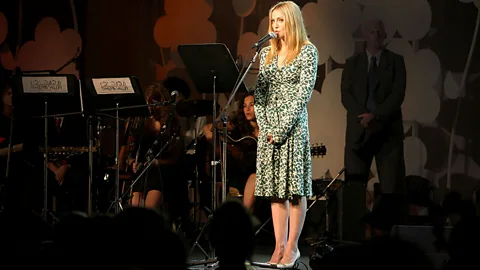
The wrap dress, which for Argiro is “basically a spin on the robe, the most basic form of cover for human beings for thousands of years,” had already featured in the collections of designers including Charles James and Elsa Schiaparelli. But von Fürstenberg shaped its modern-day incarnation, revisiting the design in a knee length and a new fabrication based on body-hugging cotton jersey in striking prints. “Dresses were usually a lot more structured, or in the ‘60s there was a peasant kind of dress, but this was a body conscious, fitted dress that wasn’t structured and lined and stiff as they had been prior to that time,” explains Argiro.
As her business took off, von Fürstenberg hit the road, putting in personal appearances in department stores around the country, working the shop floor to show customers how to look good in that little slip of jersey. She also fronted the brand’s first advertising campaign, a novel – and shrewd – marketing move for the glamorous, hands-on entrepreneur whose image served to enhance the dress’s myth. “By 1976, my identity had become so interchangeable, with the clothes that Rich’s department store in Atlanta advertised one of my personal appearances there by displaying a life-sized mannequin of me wearing a green wrap dress,” said von Fürstenberg, who was hailed by Newsweek as “the most marketable woman since Coco Chanel”.
“It’s funny when you look at those campaigns, they still look wonderful. I feel empowered when I see them, I think all women do,” remarks Argiro. “She really made it happen for herself… I certainly think with her being this beautiful, glamorous princess and young mother, and in the social scene, women could relate to her, and at that time, that was really revolutionary, women thinking, ‘Oh, I can do that too, I don’t have to be at home cooking, cleaning and looking after the children. I can be a career woman, and that doesn’t mean I have to be a man’.”
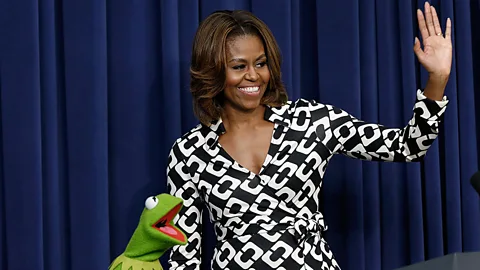
Argiro holds von Fürstenberg’s wrap dress up there with modern history’s greatest design icons, such as Yves Saint Laurent’s Le Smoking jacket and Dior’s New Look silhouette.
“It’s not radical in the sense that you’ve invented some garment that’s never been seen before, or something like Velcro that changed the way things opened and closed, or wicking fabrics that make your sweat disappear” says Argiro. “But it was quite revolutionary for its time, and it has also stood the test of time.”
Source link



